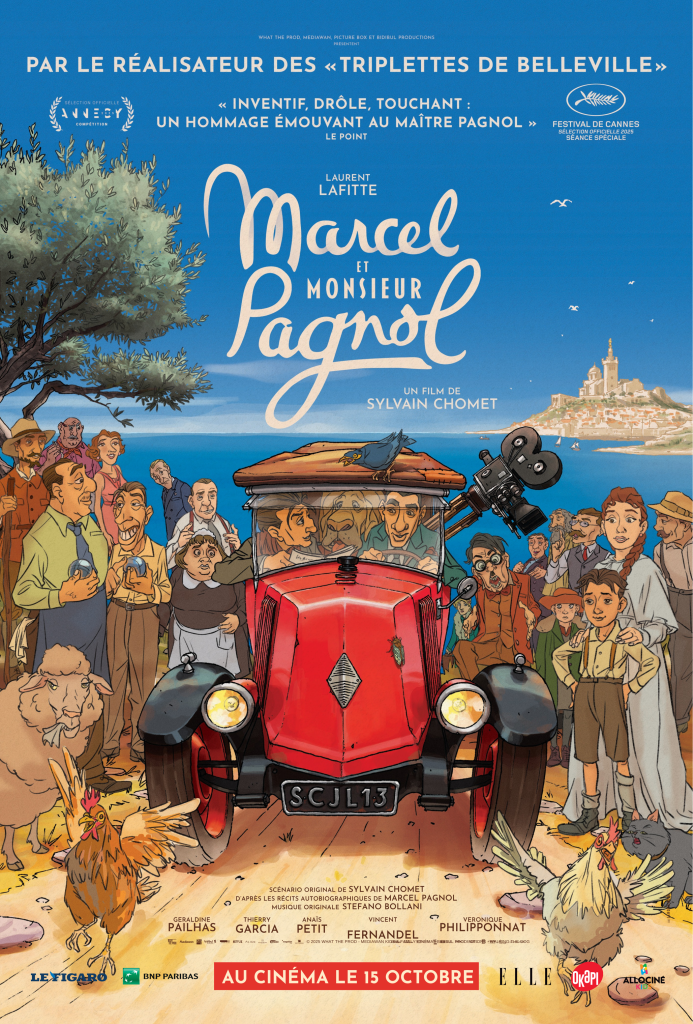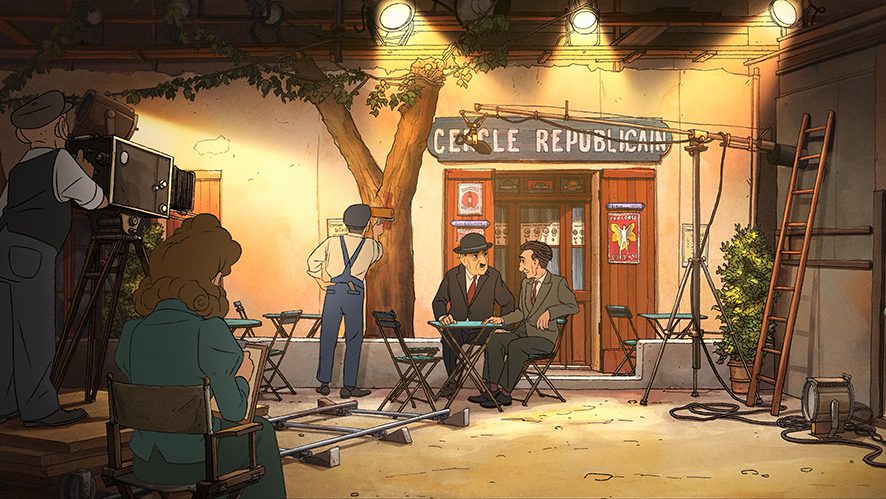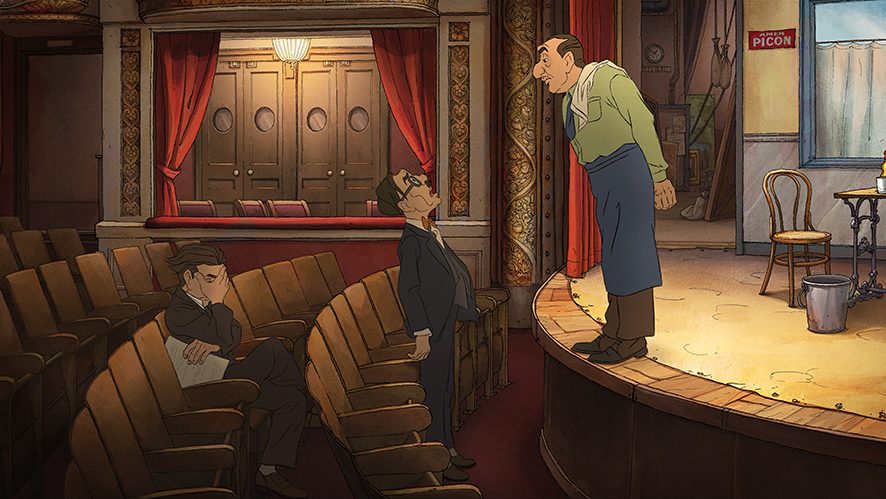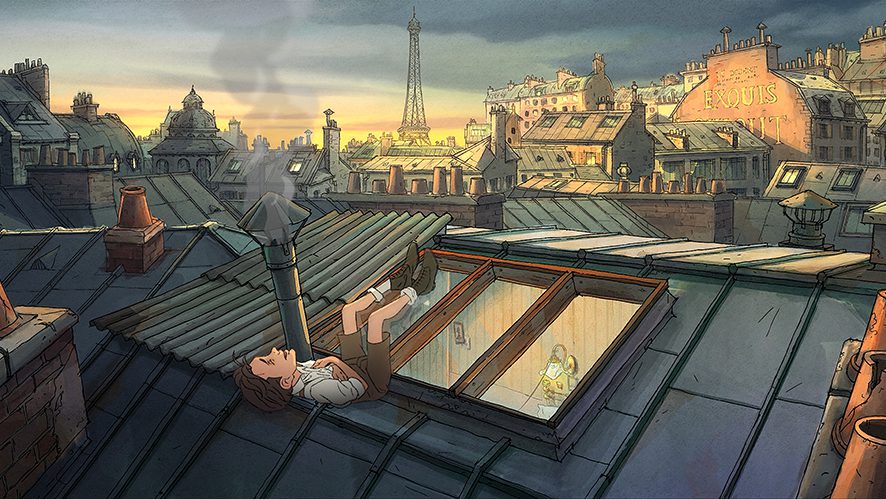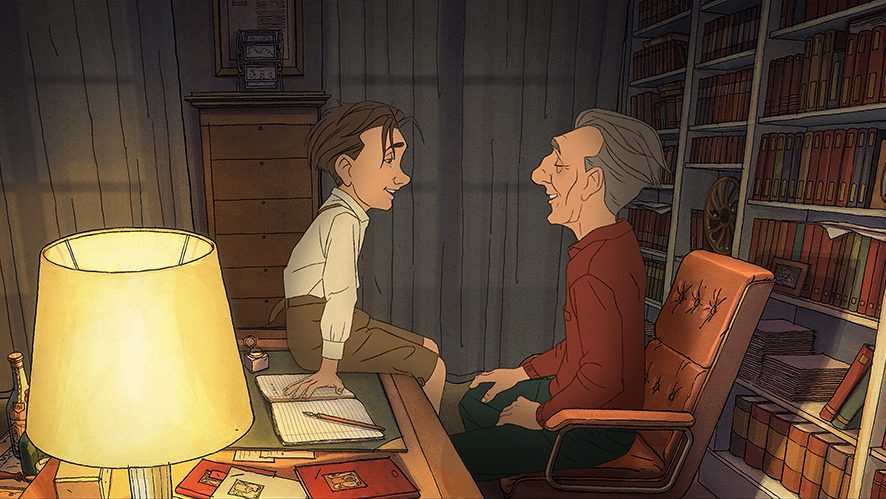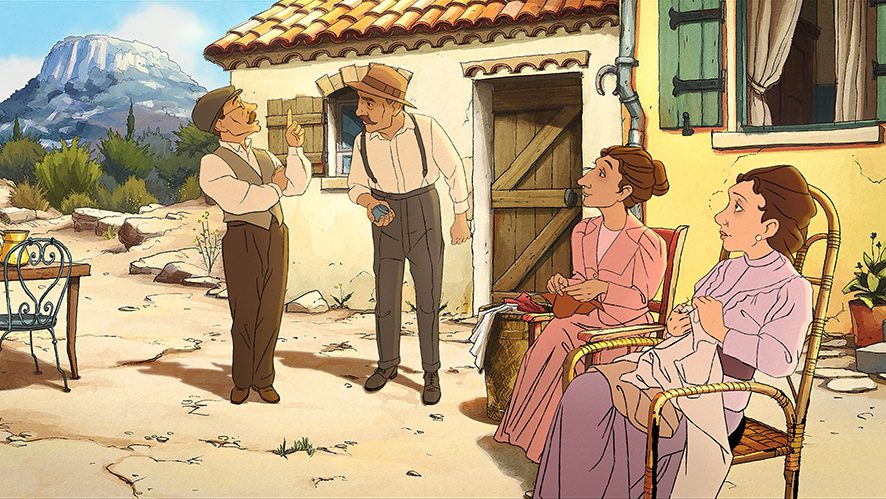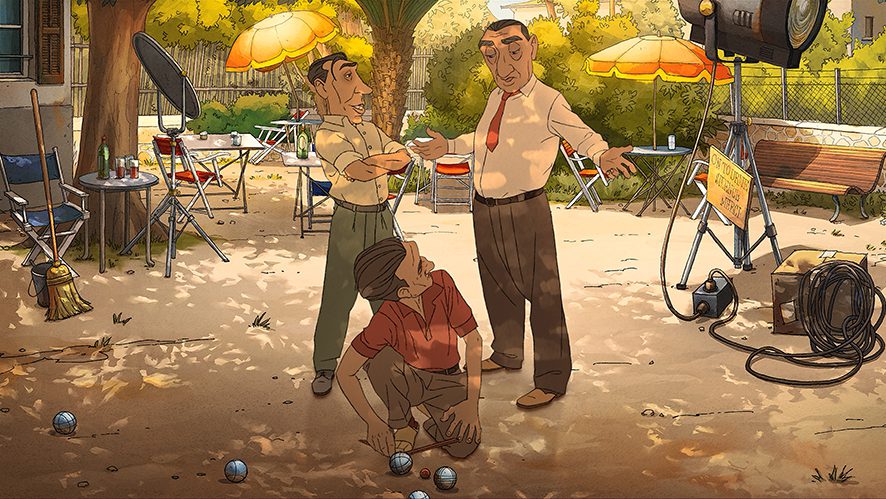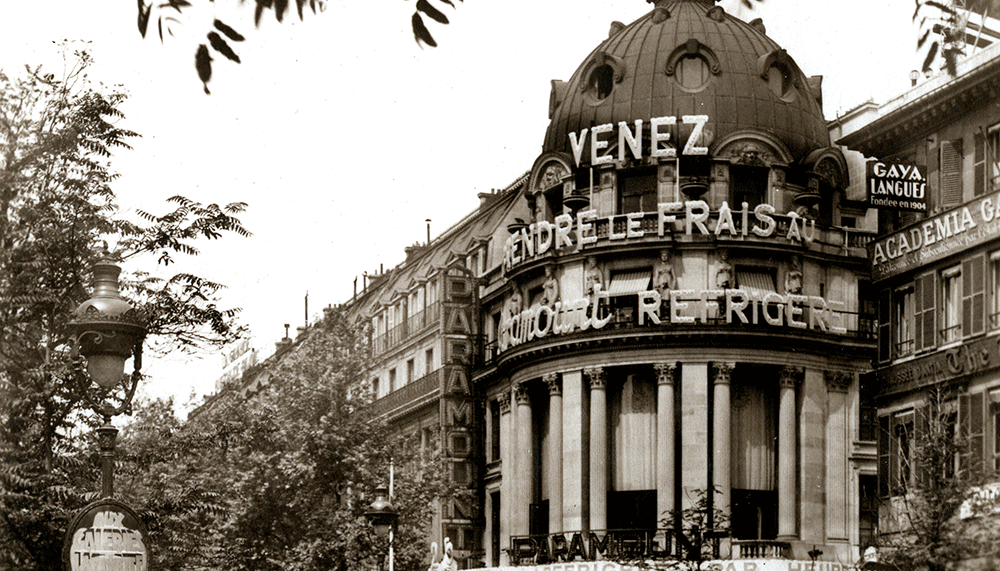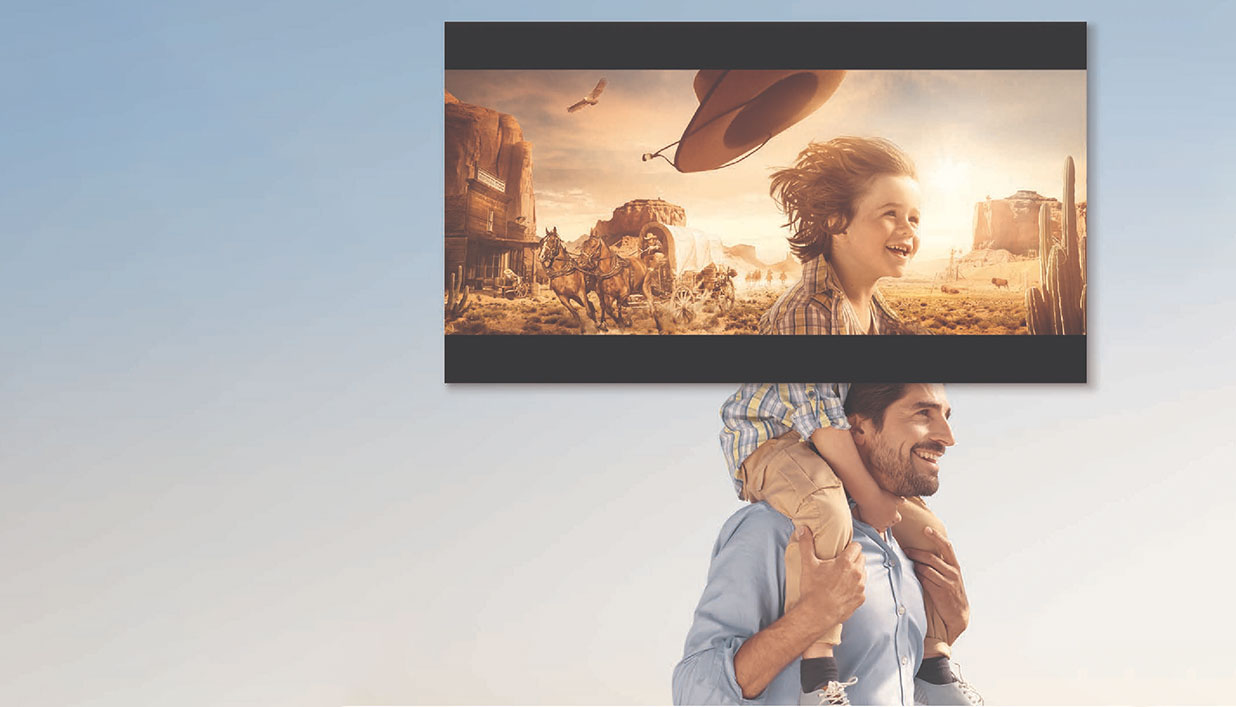BNP Paribas, main partner of the animated film Marcel and Monsieur Pagnol
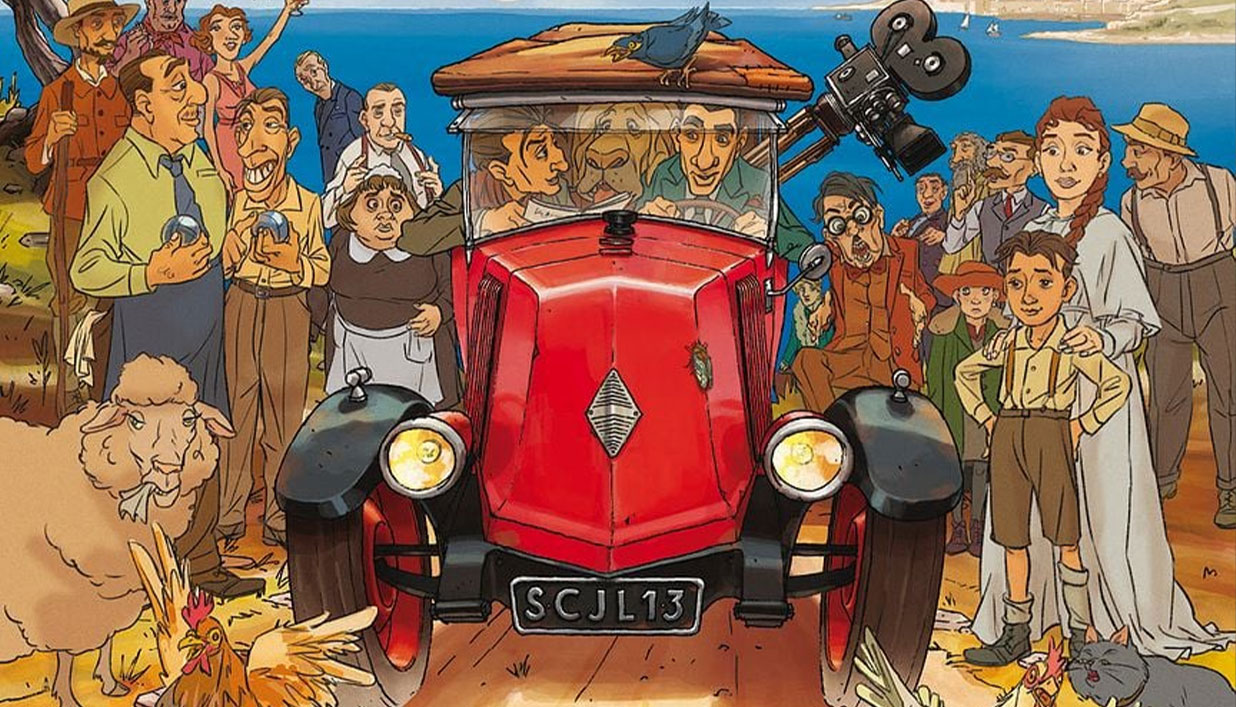
On October 15, 2025, the animated biographical film Marcel and Monsieur Pagnol, directed by Sylvain Chomet (The Triplets of Belleville), will be released in theaters. A true mise en abyme, the film stages the French writer, playwright, and director, allowing him to tell his own story and bring back to life a significant part of our cultural history: the advent of talkies, the first major film studio…
Marcel Pagnol, a man of letters and cinema
He was convinced that a local story could have a universal resonance and be a poignant illustration of our human condition. It was following this conviction that Marcel Pagnol, born in 1895 in Aubagne, left his first career as a teacher in the early 1920s to devote himself to theater, with the writing of Topaze in 1927, followed by his Marseille trilogy, which began with Marius in 1929 (followed by Fanny and then César, initially written for cinema and then adapted for theater).
The great revelation came the same year, in 1929: he attended a screening of Broadway Melody, one of the first talkies, in London. The emotion he felt was decisive for him: it was through this medium that he would convey what he had inside. His first major film, Marius, released in 1931, was a pioneer of sound cinema in France. After several twists and turns, he founded his own production company in 1932, with studios in Boulogne-Billancourt and, of course, Marseille. He would work with popular actors of the time, such as Raimu, Fernandel, and Bourvil. He would experience successes, but also failures, like with La Belle Meunière in 1948, which was nonetheless the first French film in color.
It was he, again, who wove deep connections between literature and cinema, adapting four works by the Provençal author Jean Giono, as well as works by Maupassant and Alphonse Daudet.
Marcel Pagnol’s story, who was inducted into the French Academy in 1946, is therefore deeply intertwined with that of cinema, culture, both popular and scholarly. It is all this that the animated film by Sylvain Chomet tells, bringing back to life simultaneously the artist and the early days of sound cinema up to the 1950s, where Pagnol immersed himself in writing to recount his childhood. To do this, the filmmaker drew inspiration from the Confidences, published posthumously in 1990, a collection of prefaces that the playwright wrote for his theater pieces, which are as many memories and anecdotes from his youth.
BNP Paribas, a supporter of sound cinema since its inception
Marcel and Monsieur Pagnol is the first animated film that the Group is supporting as a main partner. This symbolic choice aims to support both French expertise, by backing a filmmaker recognized for his technical excellence and style, while highlighting the iconic career of a figure in French cinema history, and shedding light on an art form that BNP Paribas has been supporting since its early days.
Thus, as early as 1917, the Banque Nationale de Crédit (BNC) opened a line of credit to the Société générale des cinématographes Eclipse, the fourth-largest film company at the time. In the 1930s, the Comptoir national d’Escompte de Paris (CNEP) and Paribas also supported innovations in the film industry, particularly the financing and equipping of movie theaters (buildings and equipment).
During the transition to sound cinema in the 1930s, several companies such as Radio-Cinéma, a subsidiary of the Compagnie générale de TSF, rented sound equipment (with maintenance contracts) for theaters and film studios.
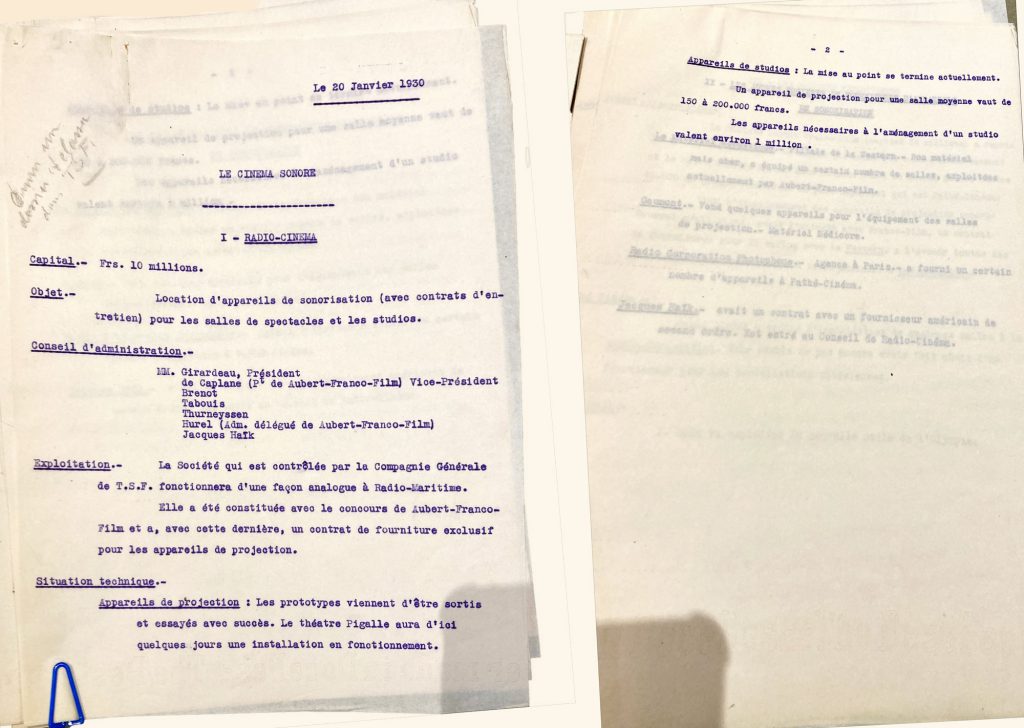
These investments were far from negligible. At the time, a projection device for a medium-sized theater cost between 150,000 and 200,000 francs [equivalent to between 10.1 and 13.5 million euros in 2024]. The average budget for equipment to be acquired to equip a studio was around 1 million francs [equivalent to 67.5 million euros in 2024].
For comparison, in 1936, it is estimated that a film cost on average between 1.2 million and 1.7 million francs [equivalent to 104-148 million euros in 2024].
Pagnol, Fernandel, Giono and the Bank
When we delve back into their lives, we finally realize that the story of these three figures of French culture is intertwined with that of the banks that preceded BNP Paribas.
Marcel Pagnol was a historic client, first of the BNCI and then of the BNP, and other people in his circle had ties to the banks that preceded BNP Paribas.
As for Fernandel – or Fernand Joseph Désiré Contandin – he made a brief appearance in 1915 at the Marseille branch of the Banque nationale de crédit, as a messenger boy.
Jean Giono, finally, joined the Comptoir national d’escompte de Paris in Manosque at the age of 16, in 1911, as a “chasseur” (a junior clerk), before being promoted to “employé aux écritures” (a clerk) in 1913, until he became the deputy director of the branch until its closure in 1928.
